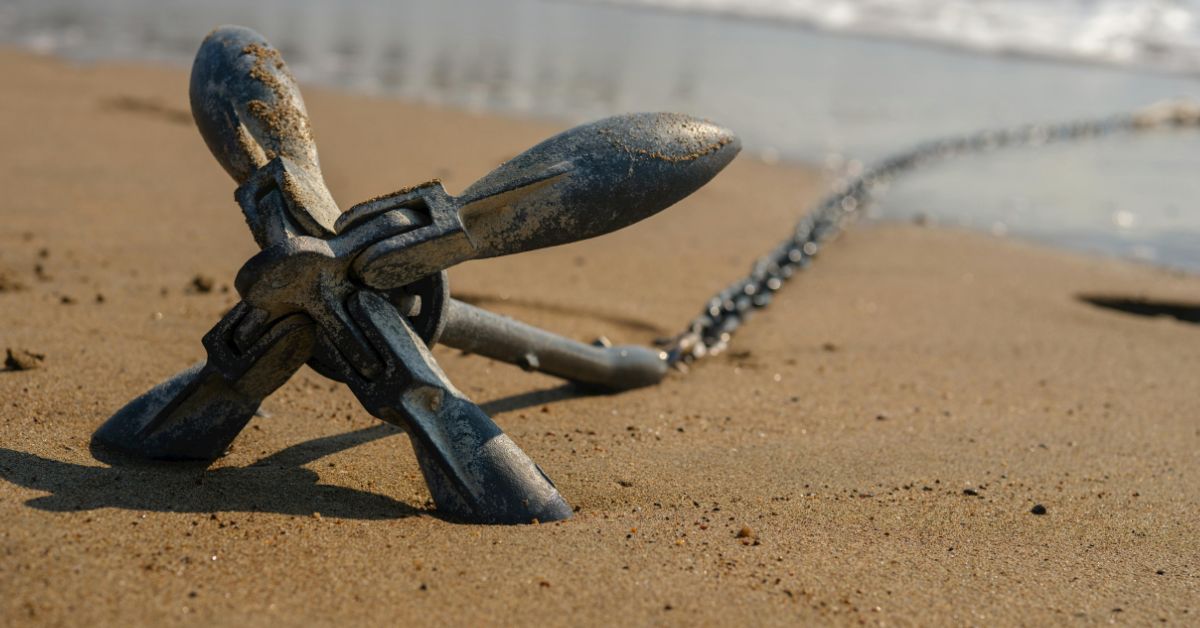Understanding Mold and Its Impact
Mold is a type of fungus that thrives in damp, humid environments. It can grow on a variety of surfaces, including walls, ceilings, and floors, often going unnoticed until it becomes a significant problem. The presence of mold in homes and buildings can lead to various health issues, particularly for individuals with respiratory conditions, allergies, or weakened immune systems. Common symptoms of mold exposure include coughing, sneezing, skin irritation, and more severe respiratory problems in some cases.
Beyond health concerns, mold can cause substantial damage to the structural integrity of buildings. It feeds on organic materials, such as wood and drywall, leading to deterioration and weakening of these structures. Therefore, addressing mold issues promptly is crucial to prevent long-term damage and ensure the safety and well-being of occupants.
Identifying Mold in Your Home
Identifying mold early can save time, money, and health concerns. Mold often appears as discolored spots on walls, ceilings, or floors, ranging in color from black to green, or even white. It may also emit a musty odor, which can be a telltale sign of its presence. Homeowners should regularly inspect areas prone to moisture, such as bathrooms, basements, and kitchens, for any signs of mold growth.
In some cases, mold may be hidden behind walls or under flooring, making it difficult to detect. If you suspect hidden mold, consider hiring a professional mold inspector to conduct a thorough examination. These experts use specialized equipment to measure moisture levels and identify hidden mold, ensuring that all affected areas are addressed.
Effective Mold Removal Techniques
Removing mold effectively requires a systematic approach to ensure that it does not return. The first step is to address the source of moisture that is promoting mold growth. This might involve fixing leaks, improving ventilation, or using dehumidifiers to reduce humidity levels in the home.
Once the moisture issue is resolved, the next step is to remove the mold itself. Small areas of mold can often be cleaned with household products such as vinegar or baking soda solutions. However, larger infestations may require professional remediation services. These professionals use specialized techniques and equipment to remove mold safely and effectively, minimizing the risk of exposure and recurrence.
- Identify and fix moisture sources
- Use appropriate cleaning solutions
- Consider professional remediation for extensive mold
Preventing Future Mold Growth
Preventing mold from returning is an ongoing process that involves maintaining a dry and well-ventilated environment. Regularly check and repair any water leaks in plumbing, roofs, or windows. Additionally, ensure that your home has adequate ventilation, especially in areas prone to moisture, such as bathrooms and kitchens.
Using air conditioners or dehumidifiers can help control humidity levels, keeping them below 60%, which is ideal for preventing mold growth. Regular cleaning and maintenance of HVAC systems can also reduce the likelihood of mold spores circulating throughout the home.
- Maintain low indoor humidity levels
- Regularly inspect and repair water leaks
- Ensure proper ventilation in moisture-prone areas
Conclusion: Maintaining a Mold-Free Environment
Maintaining a mold-free environment requires vigilance and proactive measures. By understanding the causes of mold growth and implementing effective prevention and removal strategies, homeowners can protect their health and property. Regular inspections and maintenance are key to ensuring that mold does not become a recurring issue.
Whether you choose to handle mold removal yourself or hire professionals, addressing the problem promptly and thoroughly is crucial. By doing so, you can enjoy a healthier, safer living space free from the adverse effects of mold.









